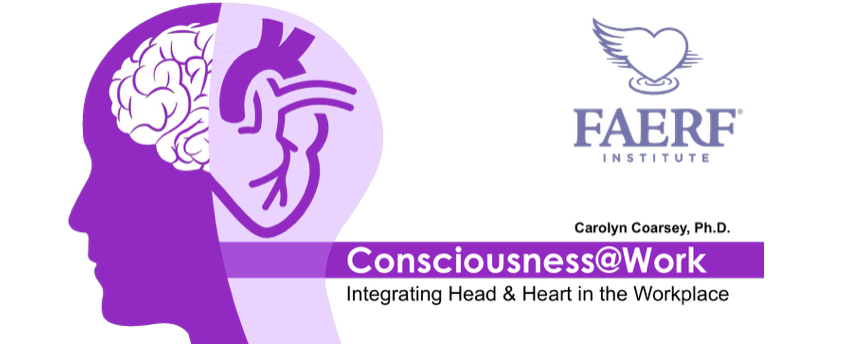
The Family Assistance Education & Research Foundation (FAERF) has been at the forefront of the evolution of emergency management, combining the head-heart approach for a fully integrated response to survivors of traumatic loss. Practicing consciousness in the workplace involves caring for people first, without exception.
Written by: Carolyn V. Coarsey, Ph.D.
August 2025
Polyvagal Theory (PVT) refers to social connectedness and trusting relationships as a biological imperative.
-Dr. Stephen and Seth Porges
The previous month’s article described the Polyvagal Theory (PVT), a model that explains how our nervous system and entire body respond to, and change with how safe or threatening the world feels to us. Understanding PVT helps us know more about our nervous systems and how feelings of safety and threat bounce up and down through our entire bodies, changing our emotions and how we feel.
Using the PV Theory, last month, we discussed the subjective nature of emotional safety and how actions on the part of care and special assistance team responders influence how safe survivors feel in the aftermath of a traumatic loss. Before family assistance and humanitarian assistance programs began, response to primary and family survivors was geared toward physical or life safety, with little thought being given to the emotional well-being of survivors. Today, much has changed, as we continue to learn about the power employee responders have to create an environment that both decreases the harmful effects of trauma and helps restore a sense of control for those disempowered by crisis.
Social Engagement Systems
The Social Engagement Systems (SES) is the two-way system by which the muscles and movements of our face and head allow us to express and receive signals of safety during social interactions. Functionally, the SES emerges from a heart-face connection that coordinates the heart and the muscles of the face and head. Understanding more about the SES in conjunction with PVT, allows us to see how we communicate safety to survivors with our facial expressions, as well as other movements and body language.
Within Polyvagal Theory, co-regulation involves the mutual regulation of physiological state among individuals.
-Dr. Stephen and Seth Porges
While PVT teaches us about our fight/flight/freeze response when the autonomic nervous system kicks in, we are also wired for social connection — even in times of extreme threat. In this month’s article, we consider PVT and how our nervous systems can co-regulate with one another. This means that one person’s nervous system (broadcasting cues of safety) can help to turn down the threat response in another person’s nervous system. The calm or compassion of someone nearby can help us feel safer and more balanced.
Being in the presence of someone calm, as shown by their facial expression, body language, and other tranquil behaviors, can also help someone’s physiological state shift to a more relaxed, less emotional level. Research from the HeartMath Institute supports PVT in the influence that our emotional state has on others under stress. Their research has shown that our bodies pick up on the electromagnetic field of information that radiates from another’s heart.
Similar to PVT, research from the HeartMath Institute shows that if someone in our presence is in a state of care or compassion, our own heart can detect such signals, and this helps our heart rhythms to become more synchronized and coherent. This means that simply being with supportive people can help shift our nervous system in positive ways that support our well-being.
In closing, I will mention another concept discussed within the context of PVT, i.e., Biological Imperative, meaning the needs of living organisms required to perpetuate their existence. PVT emphasizes that through connectedness, physiology is co-regulated to optimize mental and physical health — and therefore is a biological imperative. PVT helps us learn more about how we can create an environment where survivors feel emotionally safe in the aftermath of trauma by connecting, validating and assisting with co-regulating the emotions of those we aim to serve.
The book by Dr. Stephen and Seth Porges was featured as our Book of the Month in July; you can find more information and read about it here.
